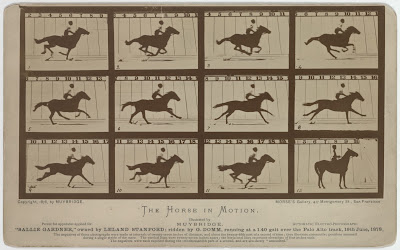20th Century Art From Madagascar
Art in Madagascar in the 20th Century Introduction The country of Madagascar is an island that lies off of the southeastern side of Africa. Art is not typically what comes to mind when thinking of Madagascar. The main art styles found there are those of traditional art, such as weaving from natural materials. Fine art has become more prominent and is continuing to grow today. In this blog, I will explore different Madagascar artworks made from the late 1800s and early 1900s. Emile Ralambo (1879-1963) Emile Ralambo was a painter from Madagascar who mainly focused on portraits of the Malagasy people along with the beautiful scenery around them. There is very limited information about this artist, but I feel the artwork speaks for itself in terms of passion and beauty. This watercolor painting was made in 1926 in Madagascar. I was not able to find a title, but I think this art piece is beautiful, and I chose it because the woman emanates beauty and confidence, something I think...



